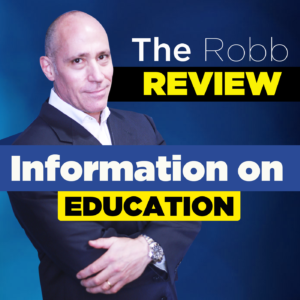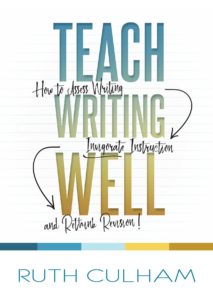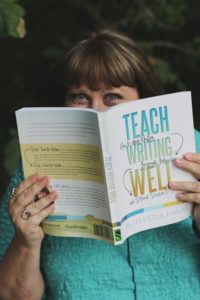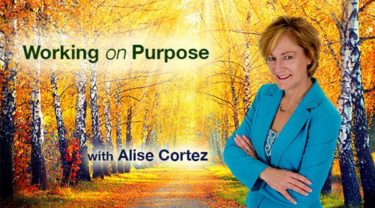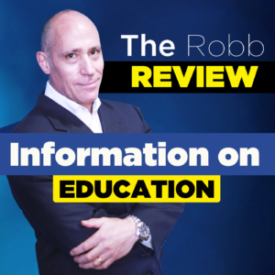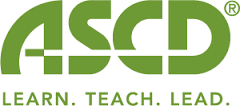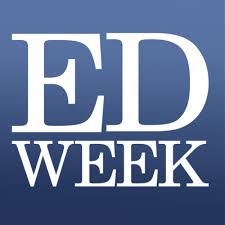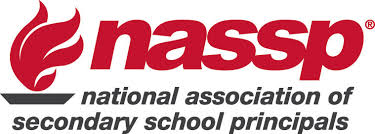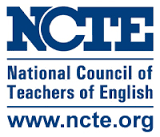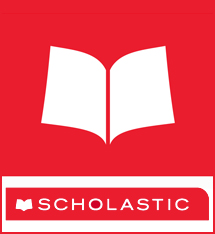Reading Myth Busters
By Laura Robb
Several months ago, I observed reading in three ELA classes in a district not far from Virginia. Students were reading the same novel and completed a packet of worksheets. Teachers sat at their desks grading worksheets students turned in earlier in the week. During my visits to each class, I noticed students always sat in rows and there was no discussion of the book. The required five whole class novels had been selected by the school district ten years ago, and their relevance to today’s students was questionable. In addition, each ELA class had students complete the same sets of worksheets for each book. The district’s rationale was the worksheets provided grades and showed whether students had read the books.
Scores on state tests dipped each year, and the new director of instruction invited me to work long-term with teachers to develop a student-centered approach. First, I surveyed students because I hoped to use their responses to initiate a discussion with teachers about best practice and reading workshop. Here are the three survey questions students answered:
What do like about your reading class?
What would you change in your reading class?
How do you feel about reading?
Survey Results
There wasn’t one student who enjoyed completing packets of worksheets for each book. In each class, several students complained that they struggled with reading the book and did poorly on the worksheets. Sometimes, the book was available on a CD and they could listen to it. Suggestions from students included:
- Find books we can read.
- Find books we enjoy.
- Discuss the books in groups and sit in groups.
- No more worksheets; they make us hate the book.
- We want to choose books.
The students were on the same page as the new director of instruction. It was time to abandon the myth that one novel can be read and comprehended by all students. And while I do just that, I’m also going to bust other myths about reading instruction and what works and doesn’t work for students.
Five Reading Myths That Need Busting
Reading Myth 1: The whole class novel for all students provides the teacher with a common text. Purchasing and using pre-made worksheets students complete reveals their level of understanding and gives teachers the grades they need.
Myth Buster: Since most classes have a wide range of instructional reading levels, one book won’t meet the needs of every child. Use an anchor text—picture book or excerpt from a long book. Use the anchor text for mini-lessons, think-aloud and make visible your emotional connections, inferences, and knowledge of text structure. Divide the anchor text into short chunks and spread the learning over five to eight days. Now you can create a reading workshop with a common text for teaching and invite students to choose their instructional and independent reading books, ensuring students read every day from books that motivate and engage them.
Reading workshop offers many assessment opportunities: readers’ notebooks entries; journaling; analytical paragraphs, applying literary elements to texts, showing how figurative language links readers to big ideas in a book, small groups discussions, book talks, and book reviews.
Reading Myth 2: Silent, independent reading is not learning. Students aren’t doing anything that can be measured or graded.
Myth Buster: Silent, independent reading of self-selected books leads to students developing literary tastes and a personal reading life. It also enlarges vocabulary and background knowledge and improves reading achievement. Anderson’s 1988 study, published in The Reading Research Quarterly, showed how time spent reading self-selected books correlated with reading achievement. Students who read 65 minutes a day read 4,358,00 words a year and scored in the 98 % on reading tests. Students who read 1.8 minutes a day read 106,000 words and ranked in the 30% on reading tests. Outstanding educators like Steven Krashen, Richard Allington, Dr. Mary Howard, and Donalyn Miller agree that daily independent reading of self-selected books is the best way to develop lifelong readers.
Reading Myth 3: Collaborating is cheating. When I was in school, we sat in rows and had to cover our work so no one could see it. Completing work became stressful because I worried that if I looked away from my desk I would be accused of getting answers from a peer. This belief is alive and thriving in many schools.
Myth Buster: Collaboration is a skill students require if they are to be successful in the workplace and college. Large corporations as well as state and federal governments invite groups to collaborate to generate ideas and solve problems. In addition to preparing students for their futures, collaborating has important benefits. Students learn to:
- become active listeners who respond to others’ ideas;
- value the diverse literary interpretations of classmates;
- compromise by negotiating with peers;
- observe that there’s more than one way to tackle a problem;
- generate a wealth of ideas to solve a problem;
- observe alternate analyzing processes;
Collaborating opens learning doors that continually working alone closes.
Reading Myth 4: Teachers reading books aloud that students can’t read is a good accommodation.
Myth Buster: Those who need to read to improve—students—aren’t reading. Moreover, it’s unlikely that students are listening if the teacher reads aloud more than 12 to 15 minutes. Research is clear: volume matters and students need to do the reading in order to build stamina and skill.
Reading Myth 5: Teachers need to assess independent reading by having students summarize in a journal their nightly reading or require students do a project for each completed book.
Myth Buster: First, doing a project for each completed book punishes students who read widely and voluminously, and it also punishes teachers who feel they must grade each project. In fact, I’ve known teachers who wanted to abandon independent reading because grading projects and reading students’ summaries had turned into an onerous job. Considering the research, such a decision would be detrimental to students’ reading progress.
I invite teachers to reflect on their independent reading lives. They don’t write summaries; they don’t complete projects, but they do discuss books in book clubs, share favorites with friends, and read book reviews to discover newly published books they want to read. It’s important to offer students similar, authentic options such as:
- Invite students to do a book talk a month. Model what a short, effective book talk looks like or use a search engine to find examples of what a short, student book talk looks like.
- Organize book club discussions where students share a beloved book with a group of peers, and focus their talk on a literary element or what they learned.
- Have students read book reviews from magazines and/or newspapers or read students’ book reviews posted on the Internet. Basically, a book review opens with a short summary; the bulk of the review is the author’s opinion of the book. Once you and students have developed some guidelines for books reviews appropriate for your grade, invite them to write a review of a beloved book two to three times a year.
Closing Thoughts
Keep reading instruction real! To me, this means that if you don’t do worksheets, projects, and summaries for every book you read, then don’t have your students do these “school-made” activities. Trust them to read. Look at the glass half-full. Remember, if students have choice and time to read at school, they will develop a lifelong and joyful habit along with the expertise to apply their reading ability to research and learn as well as find innovative ways to solve problems and share information. Remember, by making reading authentic you are preparing students for their tomorrows!
Follow Laura on Twitter @LRobbTeacher
Check out Evan’s blog posts on ScholasticEDU!
Learn more about Laura’s ideas on reading- check out- Teaching Reading in Middle School

![]()


